(Genoa, 1660 – Monticelli d'Ongina, 1745)
Portrait of a man
Oil on oval canvas
H. 108 cm; L. 83 cm
Provenance: Nino Ferrari Collection, Genoa,1922
Exhibition: 1922, “Mostra della pittura italiana del Seicento et del Settecento”, Florence, Palazzo Pitti, n° 707 (Label on the frame)
The artist, better known as his nickname Mulinaretto, inherited from a miller grandfather, was born in Genoa in 1660. At the age of ten, he began attending the workshop of Giovan Battista Merano, where he completed his apprenticeship as a painter and where There he remained until 1676, when he moved to Rome, to improve under the direction of Giovan Battista Gaulli, il Baciccio. It was during this stay in Rome, which lasted about eight years, that the young man developed “the frank ability to translate with accuracy the most delicate and difficult physiognomies on the canvas” (Ratti 1769, p. 147). , thus demonstrating a remarkable aptitude for portraiture. Returning to Genoa in 1684, he was thus able to take advantage of his ability to paint humans, responding to the taste of the local clientele who recognized him as a gifted, sensitive artist, skilled in satisfying their needs for social recognition, according to a taste which was changing during this decade. The first works of the Mulinaretto, such as the portraits of the doge Pietro Durazzo (Genoa, National Gallery of Palazzo Spinola), of Gian Battista Cattaneo and his wife Maddalena Gentile with a daughter (Genoa, former collection of the Società Levante Assicurazioni) are included still in the style of Genoese portraiture from the first half of the 17th century, according to the methods of Gio Bernardo Carbone, a disciple of Van Dyck. It was probably towards the end of the century, during the last decade of the 17th century, that the artist renewed his style, adapting to the new fashion for French portraiture in the genre of Rigaud and Largillièrre. Works such as the portraits of the Doria House and the Durazzo House are characterized by a pleasant “worldliness” and a refined invention of backgrounds, sometimes even sumptuous. In 1695, il Mulinaretto, invited by Count Morando, made his first trip to Parma, a city in which he stayed several times, finding favor with the Farnese family: in 1706, the artist painted the portrait of Duke Francesco, of the Duchess Dorothée and Princess Elisabetta Farnese. After also making a few trips to Milan, Delle Piane moved to Parma in 1709, where he was appointed court painter. He returned to Genoa several times to respond to commissions, around 1714 and 1715, where he immortalized Elisabetta Farnese on the occasion of her marriage to Philip V of Spain; in this same period he lived in Piacenza, where he remained until 1737. It was probably in these years, around the middle of the second decade of the 18th century, that the artist found a more personal way, in which his various cultural references emerge, mixing its Italian and French inspirations. In 1719, il Mulinaretto declined the invitation to go to Spain, probably given by Elisabetta Farnese. Several years later, in 1737, he spent a stay in Naples, at the court of Charles Bourbon, son of Elisabetta. As a chamber painter, he depicted King Charles and his wife there. In 1741, the artist left Naples for Genoa, where he still painted the local nobility before retiring in 1744 to Monticelli d'Ongina near Piacenza, where he died the following year.



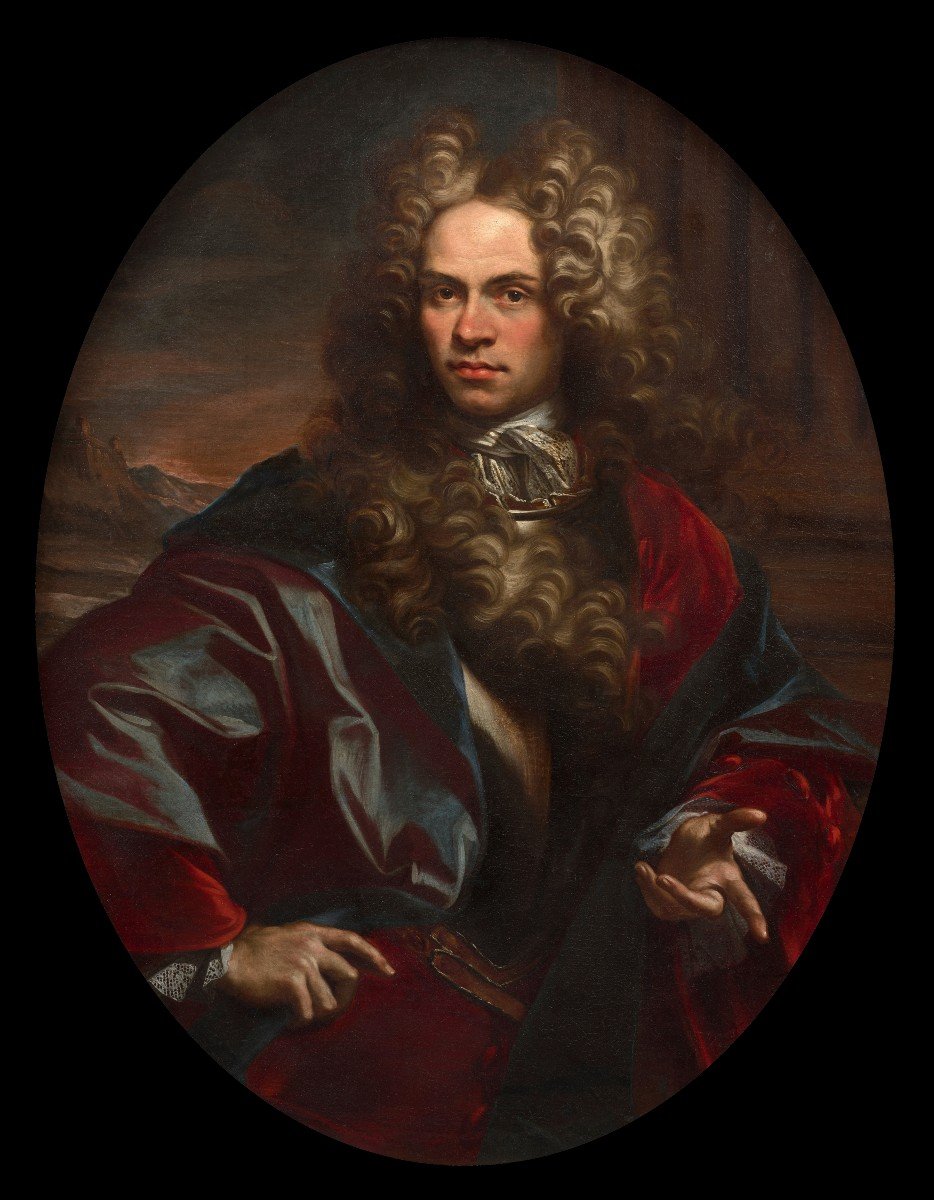






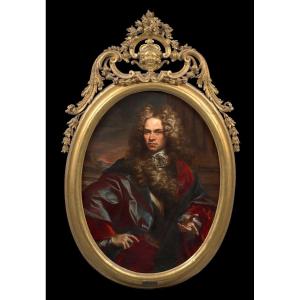








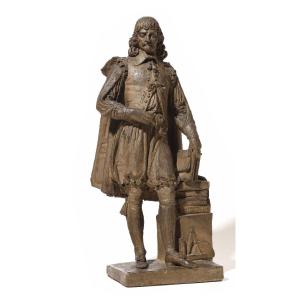
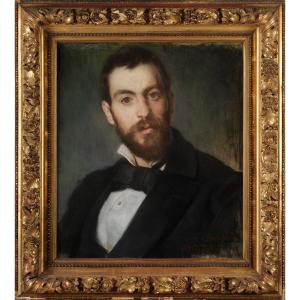
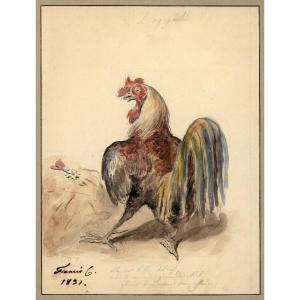




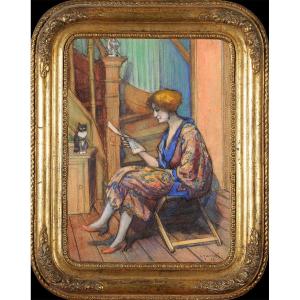




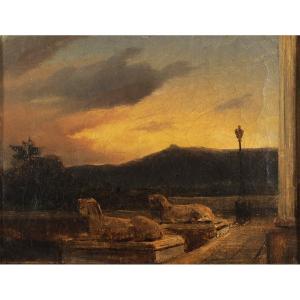





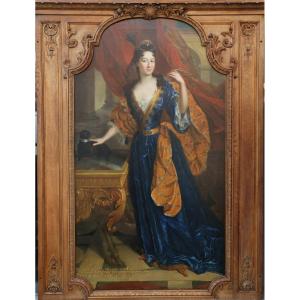




 Le Magazine de PROANTIC
Le Magazine de PROANTIC TRÉSORS Magazine
TRÉSORS Magazine Rivista Artiquariato
Rivista Artiquariato